Ever since my first trip to Tohoku last year, I’ve been yearning to visit more of that northern Japanese region.
For a quick refresher on what constitutes the Tohoku region, here’s a map:
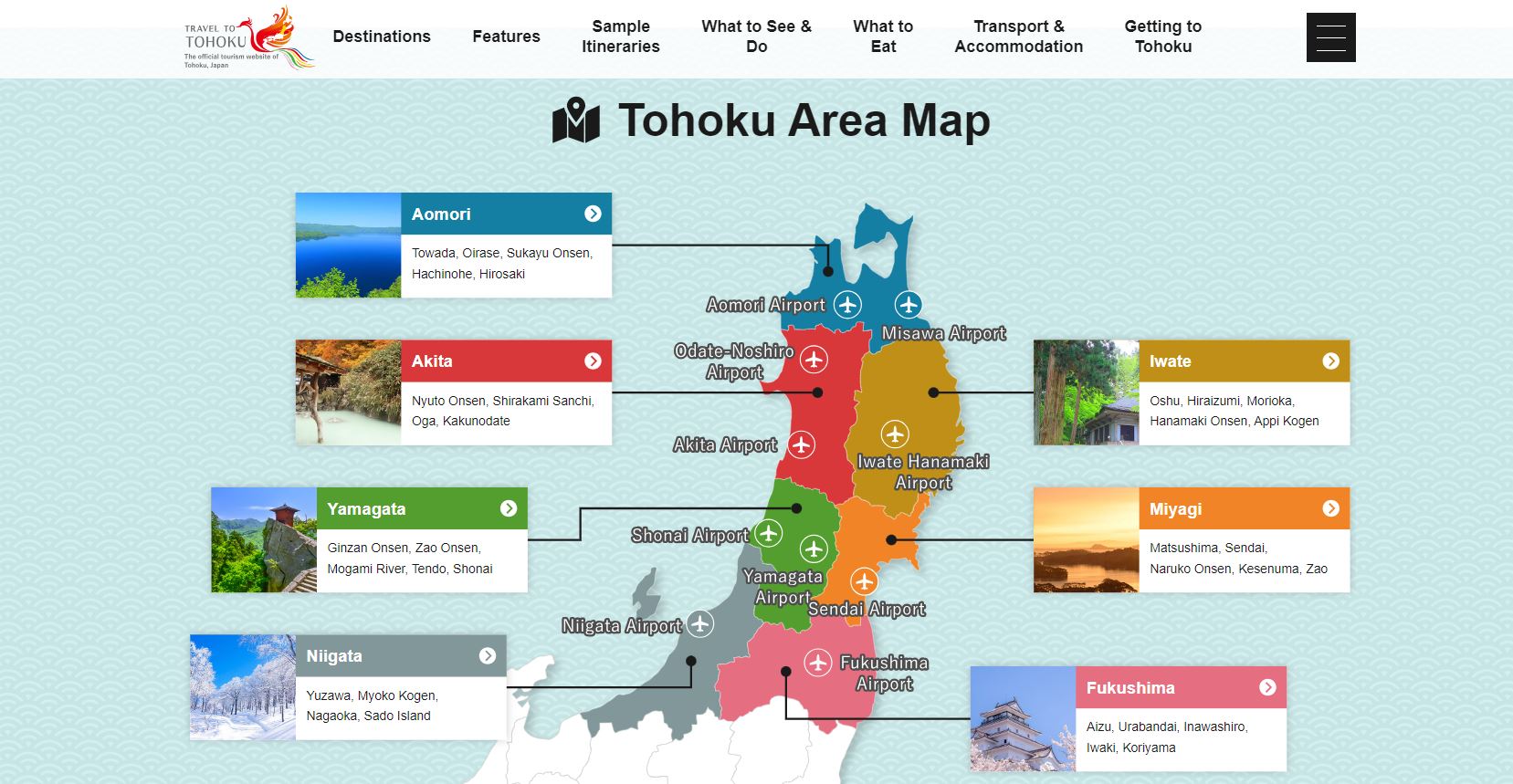
In addition to including Tohoku, there’s a clear bonus for this rail pass: parts of Hokkaido are included!
That’s right, Japan’s big sky country, known for its skiing, hiking, and everything from crab and squid to dairy and corn, is also accessible.
For more clarity, check out the official JR (Japan Rail) map below:
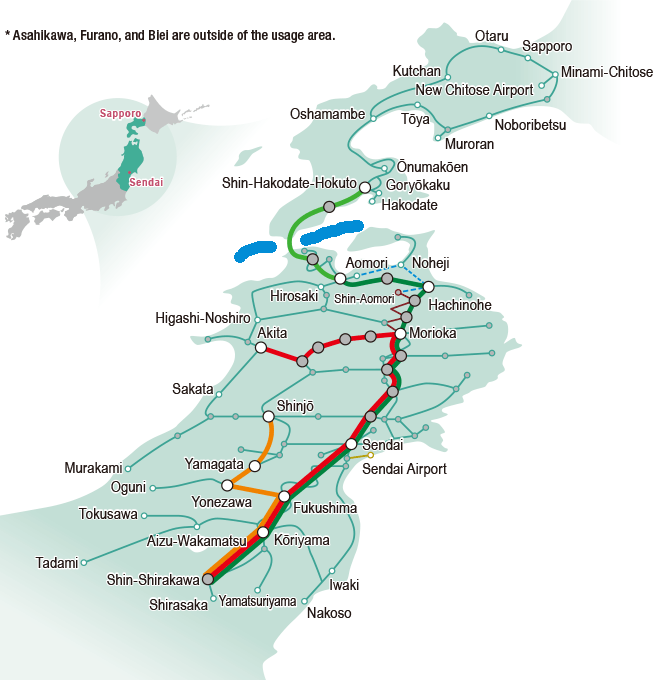
If you’re wondering how to distinguish Tohoku and Hokkaido on that map, I added in a blue line to signify the Tsugaru Strait which separates the two places.
Who Can Buy It?
Much like the JR East Pass (Tohoku Area), the JR Tohoku-South Hokkaido Rail Pass can only be purchased by non-Japanese passport holders. That is, whether you’re a foreign tourist or resident, it’s all good.
The pass can be purchased on the JR website Eki Net (in Japanese えきねっと), or in major JR stations; just don’t forget your passport! If you want to buy it from a ticket machine, make sure the machine has a passport scanner:
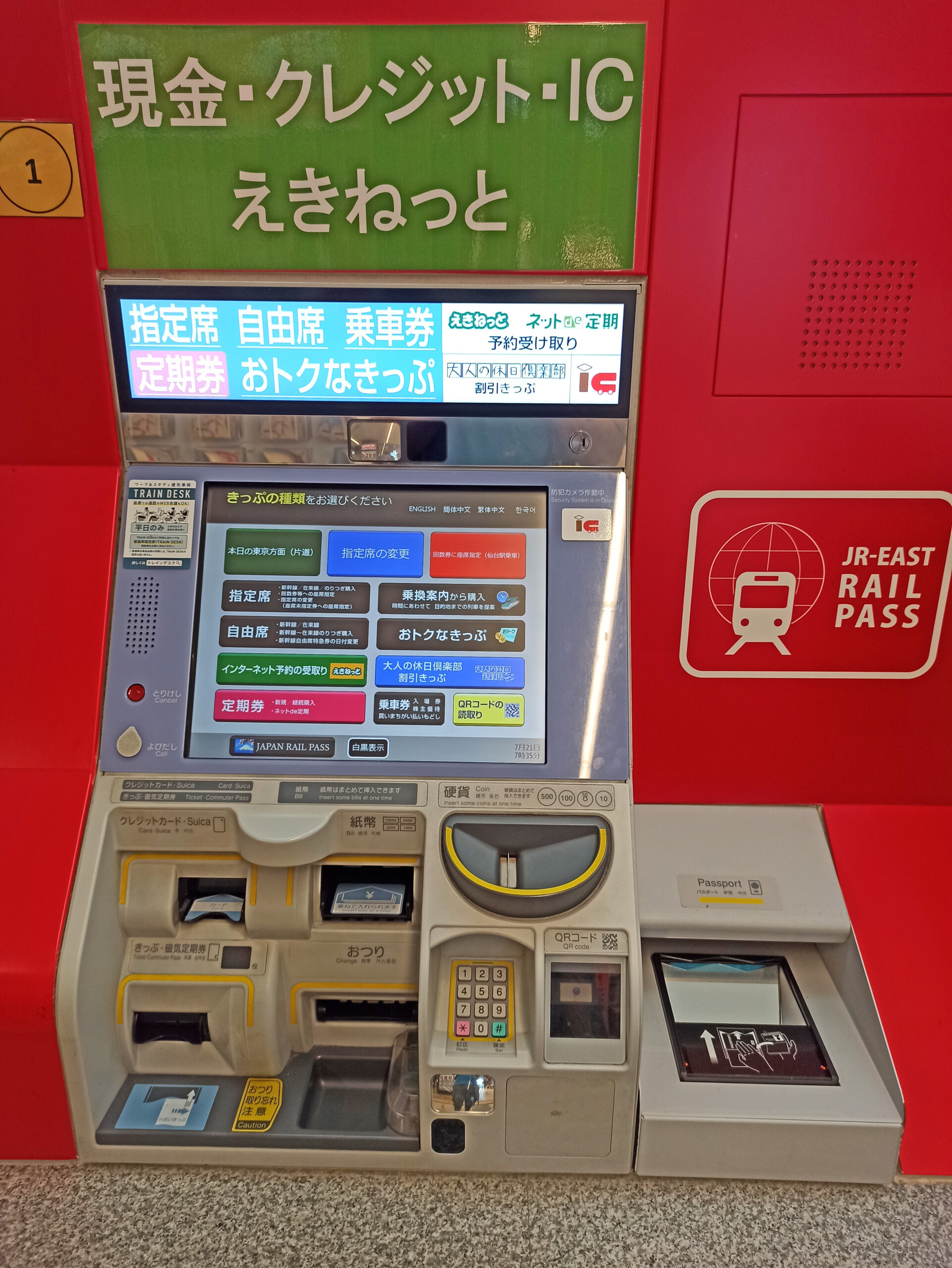
Cost and Validity
Firstly, the JR Tohoku-South Hokkaido Rail Pass is valid for six consecutive days — no hopping and skipping days allowed.
It costs ¥30,000 for adults, and ¥15,000 for children 6-11.
but wait … there’s more.
Rail Pass Discounts
Holders of this rail pass are entitled to certain discounts throughout Tohoku and Hokkaido. For more info, visit the official discount site, called &Ekinaka. FYI, eki 駅 means “train station,” and naka 中 is either “middle,” or “inside of.”
Which Trains (& Buses) Can I Use?
According to the earlier linked JR East Pass page, you can use the following trains (and buses):
- JR EAST (including BRT*)
*BRT, or bus rapid transit (Miyagi prefecture).- Bus information in Japanese can be found here; unfortunately, I haven’t found a good English map/guide for the buses. - Sendai Airport Line
- JR Hokkaido Lines (Hakodate, Sapporo, Otaru area)
- Aoimori Railway Line
- Iwate Galaxy Railway (IGR) Line
- Sendai Airport Transit Line
To buy train tickets on trains requiring seat reservations (e.g. some limited-express trains, and some shinkansen/bullet trains), you have a couple of options. You can wait on the often slow-moving queues at station ticket offices.
Or, this embedded video will try to help you sort things out:
A good ol’ embedded video will try to help sort things out.
Show Us the Photos Already
OK, OK, let’s get to some of the highlights from my 6-day trip.
Kakunodate
Kakunodate, a small town in Akita prefecture, is frequently called the “Kyoto of the North.” It is known for its well-preserved 武家屋敷 bukeyashiki, or former samurai residences.
By the way, while in Tohoku you might see signs with the phrase みちのく/陸奥. Pronounced as michinoku, it means “the inner land,” and refers to an historical province that now forms parts of Fukushima, Miyagi, Iwate, and Aomori prefectures.
Morioka, Iwate prefecture
Morioka is a good base from which to explore the northern reaches of Tohoku; it’s just about an hour from Aomori city, and between 38-45 minutes from Kakunodate and Sendai, the region’s largest city.
As this was my starting point for the JR Tohoku-South Hokkaido Rail Pass, I was still somewhat jet lagged from the U.S. flight. Depending on where in Japan you are, that could be of some benefit; I happened to take advantage of the early wake-ups to visit the Mikoda asa ichi (朝市), or Mikoda morning market.
Although it’s a very small operation, there were two nice aspects about it. One, there were some local vegetables, fish, and noodles to try. Two, along the way there, I passed by the Daiji Shimizu natural springs:
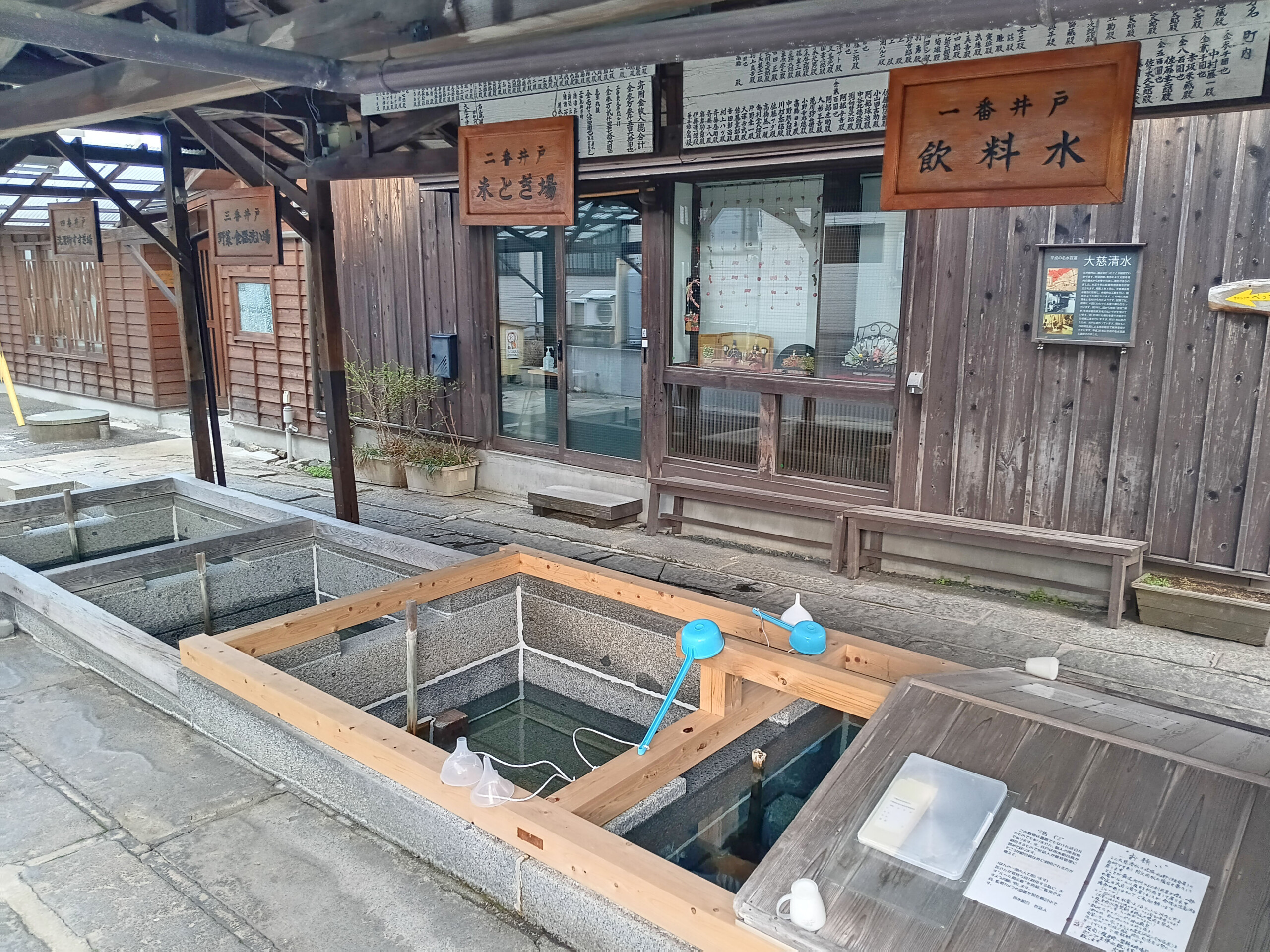
Read from left to right, the four quadrants are for washing clothes, washing dishes, cleaning rice, and finally, for drinking.
Fukushima city, Fukushima prefecture
Although it is light on historical attractions, Fukushima city has a couple of nice parks — Hanamiyama, and Shinobuyama — within the city limits.
Hanamiyama was particularly fetching, due to its cherry blossoms (sakura) at different stages of being in bloom. It’s no coincidence that the name of the park, Hanamiyama, roughly translates as “cherry blossom viewing mountain.”
Hakodate
Hakodate is currently the northernmost bullet train stop in Japan. Whereas you can visit Sapporo, Hokkaido’s largest city, with the JR Tohoku-South Hokkaido Rail Pass, you would have to transfer to a not particularly fast train called Hokuto, referring to the Big Dipper.
Nevertheless, Hakodate is known for its seafood, Goryokaku fort, and for being the first port in Hokkaido reopened to foreigners in the mid-1800s. Considering its location in the southern part of that island, it had also previously served as the gateway to Hokkaido for the rest of Japan:
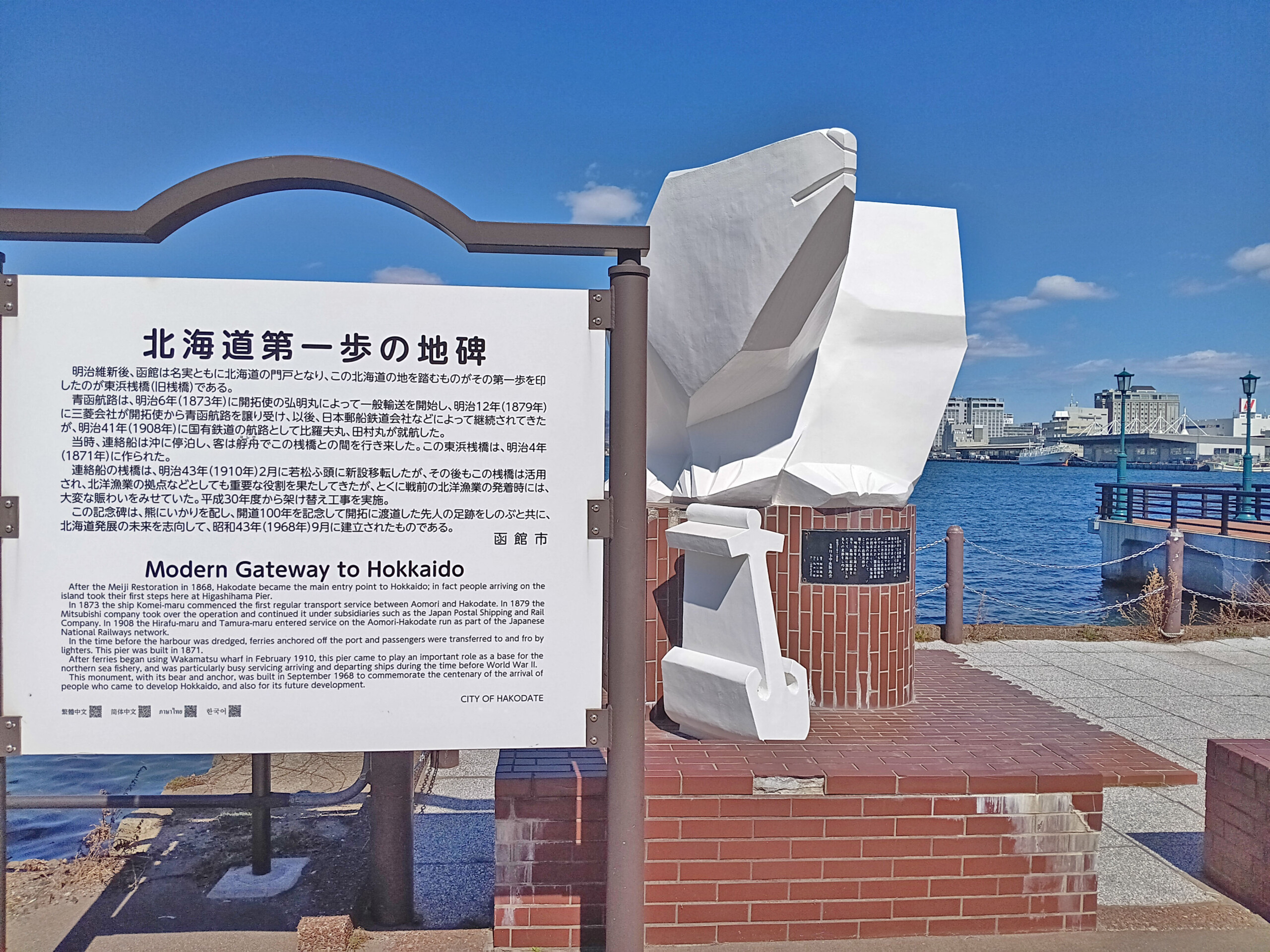
But I visited for the marine life.
You know, the edible marine life:

Once I had my fill of crab, scallops, and uni, I went back on the historical track.
This is a photo of Goryokaku (五稜郭), a star fort modeled after similar ones in France:
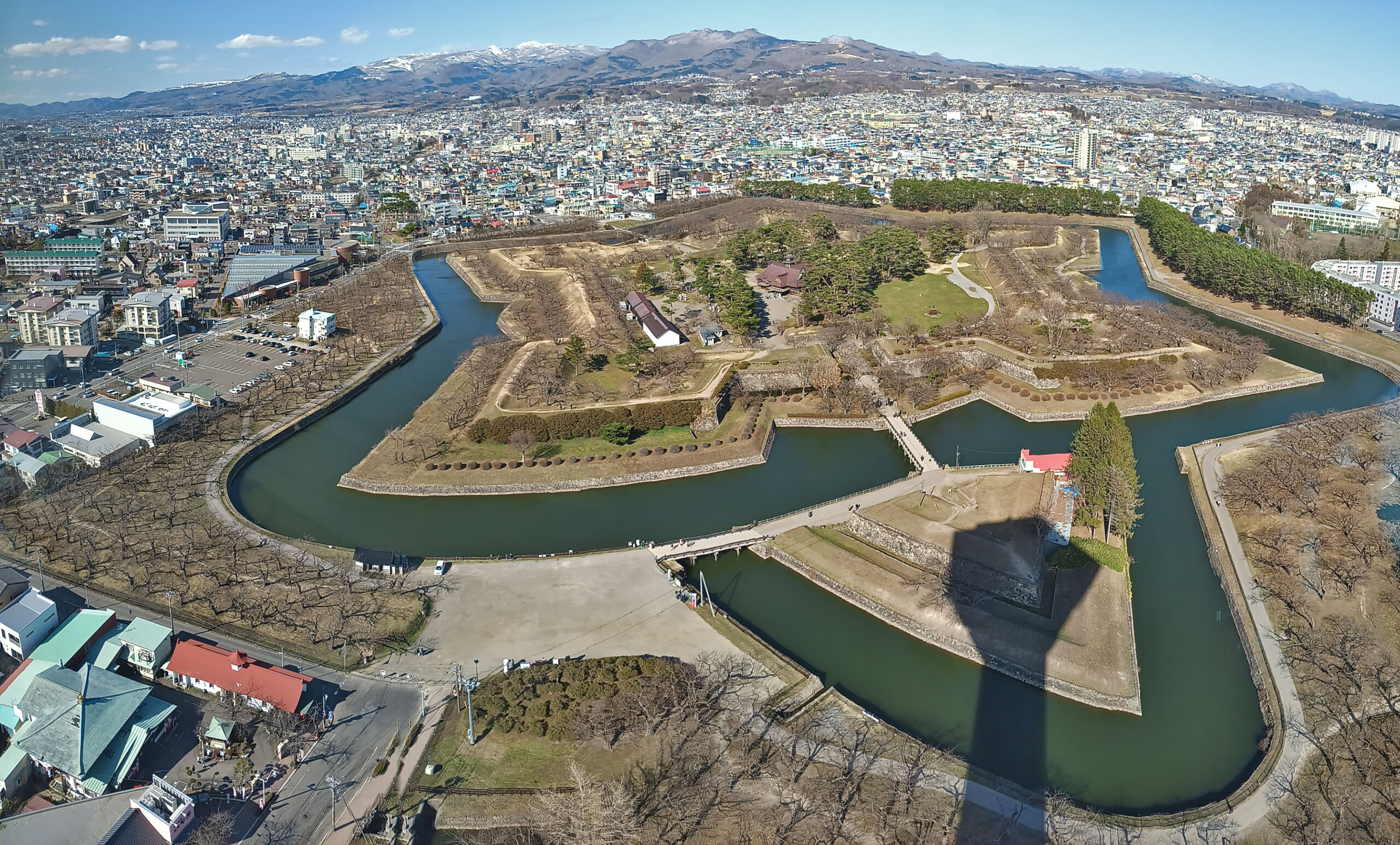
It was built in the mid-1860s to … defend against Western powers. However, its primary claim to fame is that the Tokugawa shogunate ended in a battle here, giving rise to the Meiji period in 1869.
By the way, those barren trees get covered in cherry blossoms in early May.
Onuma Park
A relatively short hop away from Hakodate is Onuma Park (大沼 公園 おおぬま こうえん). It would be quite a treat once the spring and summer come around, but for now, there’s not so much to see.
What was neat was the series of small bridges offering slightly dissimilar views of Komagatake, the iconic peak in southern Hokkaido:

Aomori
Like last year’s trip, I visited the small of Aomori. Unlike last year, I remembered to amble on over to the Aomori Gyosai Center (青森魚菜センター). What’s that? It’s a small fish and vegetables market known for the nokkedon.
How does it work? You buy some tickets, snag a bowl of rice, then wander around the stalls, letting your eyes and nose doing all of the work.
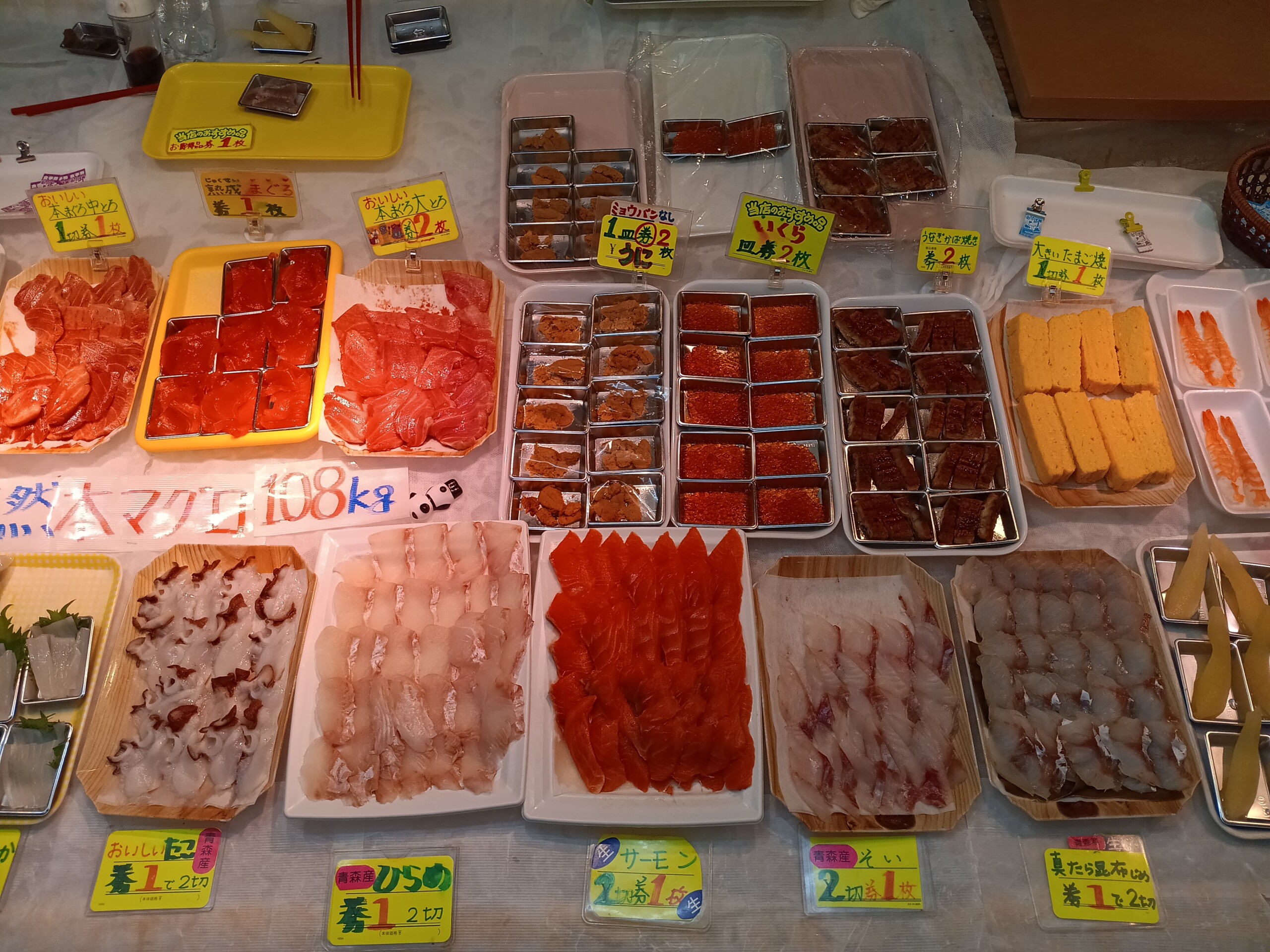 As long as a particular vendor is accepting tickets, you can top your bowl of rice with everything from scallops and salmon roe to mackerel and herring roe:
As long as a particular vendor is accepting tickets, you can top your bowl of rice with everything from scallops and salmon roe to mackerel and herring roe:
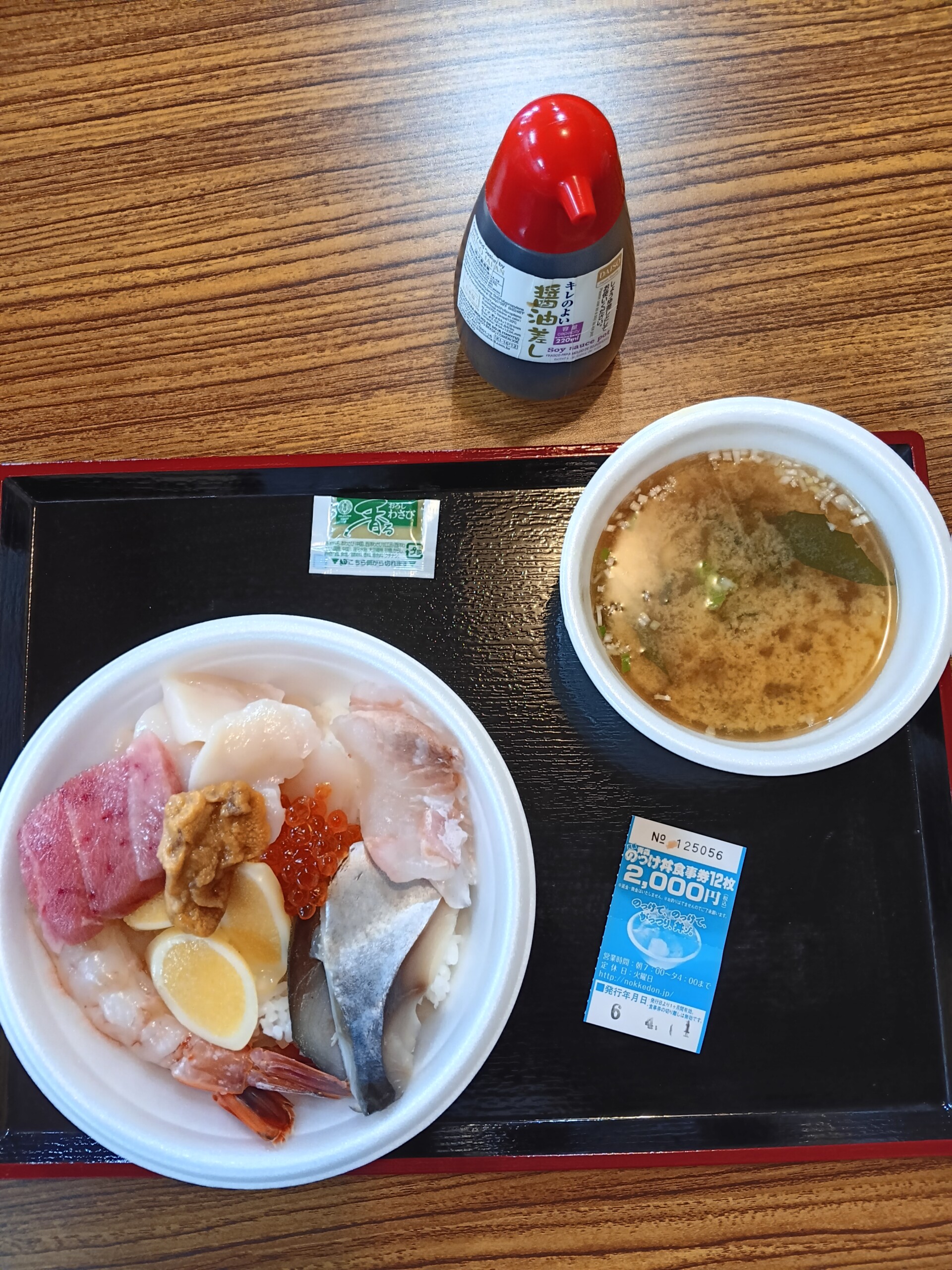
Summary
The JR Tohoku-South Hokkaido Rail Pass was definitely of good value for exploring quite a large swath of Japan. I took a number of shinkansen, express, and local rail lines, yet never felt rushed. That ¥30,000 price tag was a bargain, especially when taking into consideration the overall good on-time performance of Japan’s transit system.
Note: It’s worth keeping in mind that due to the more rural nature of this part of the country, trains run much less frequently. I’m not talking about bullet trains between major cities, or some special express trains like the Hokuto. Use the Jorudan train site to help with planning transportation, or even Google Maps.

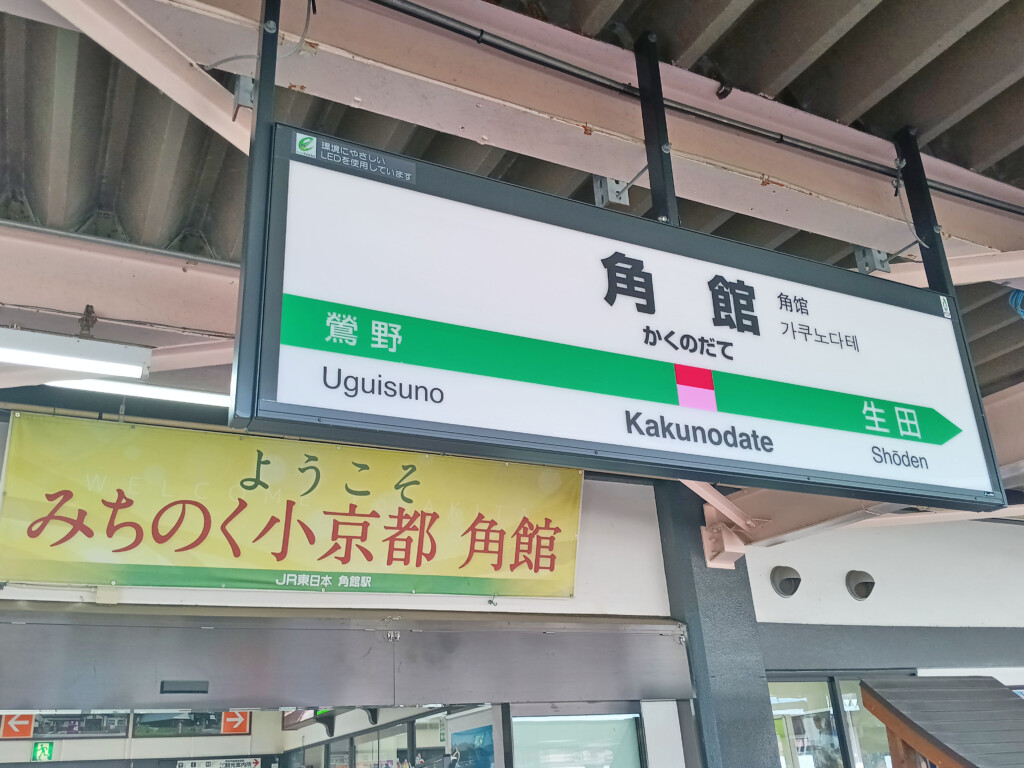
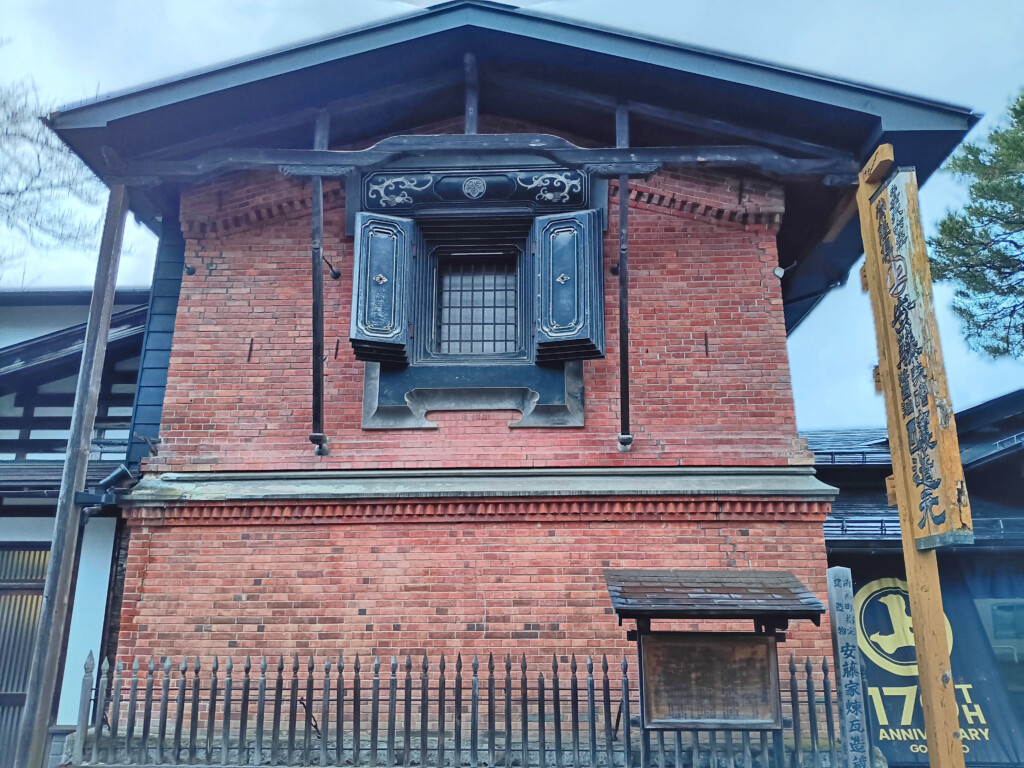
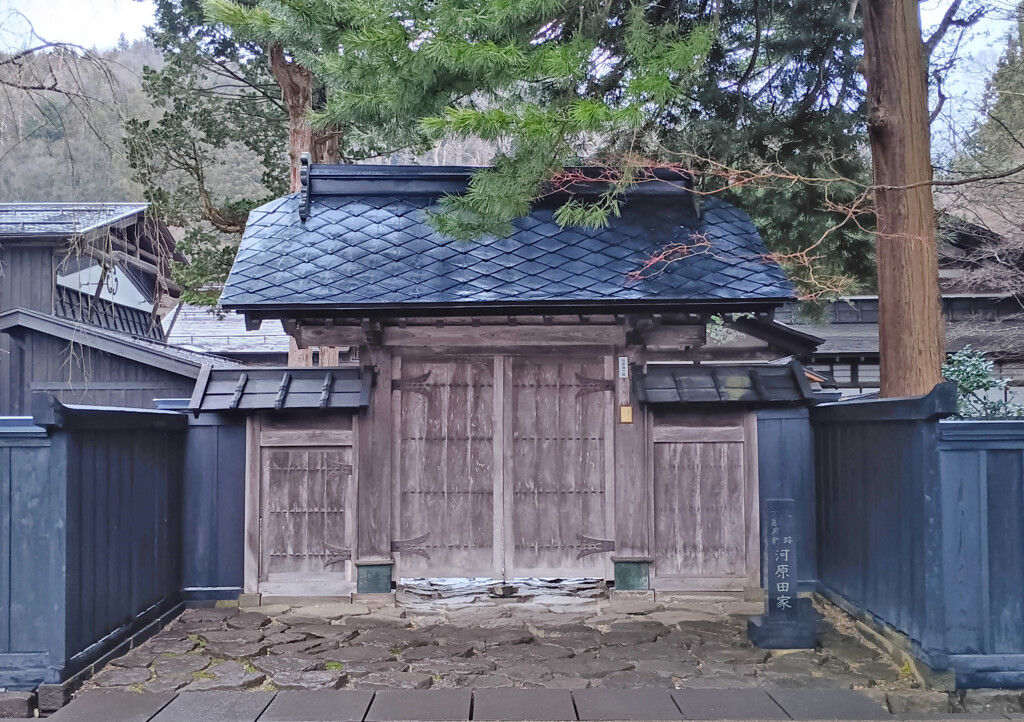
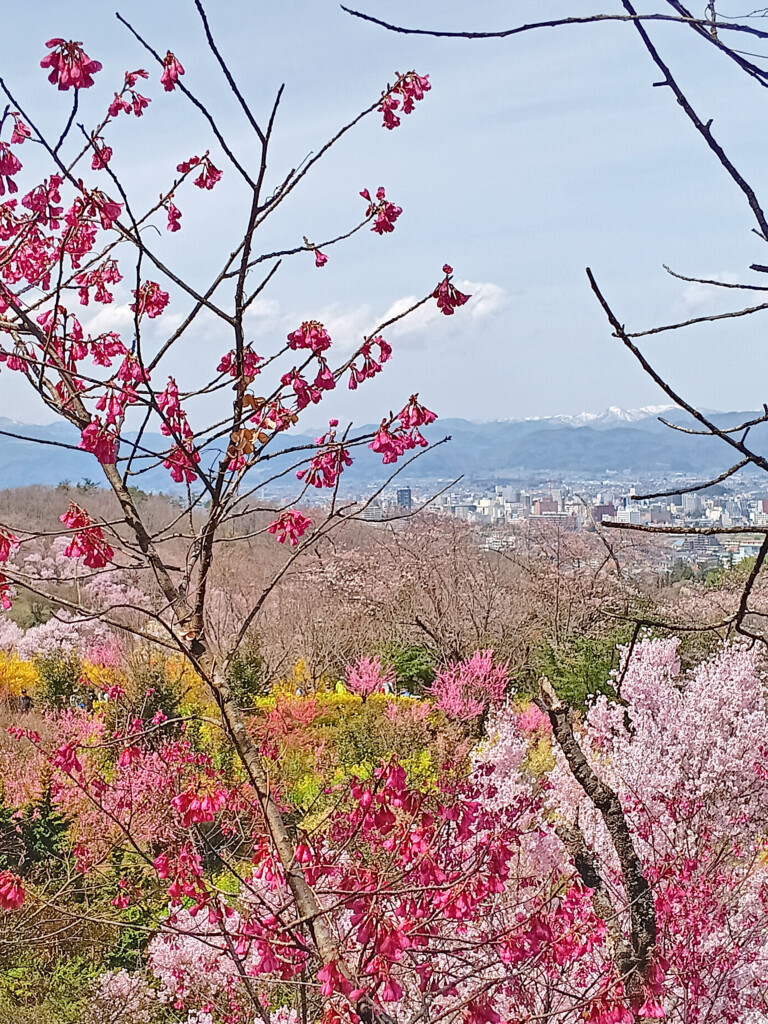
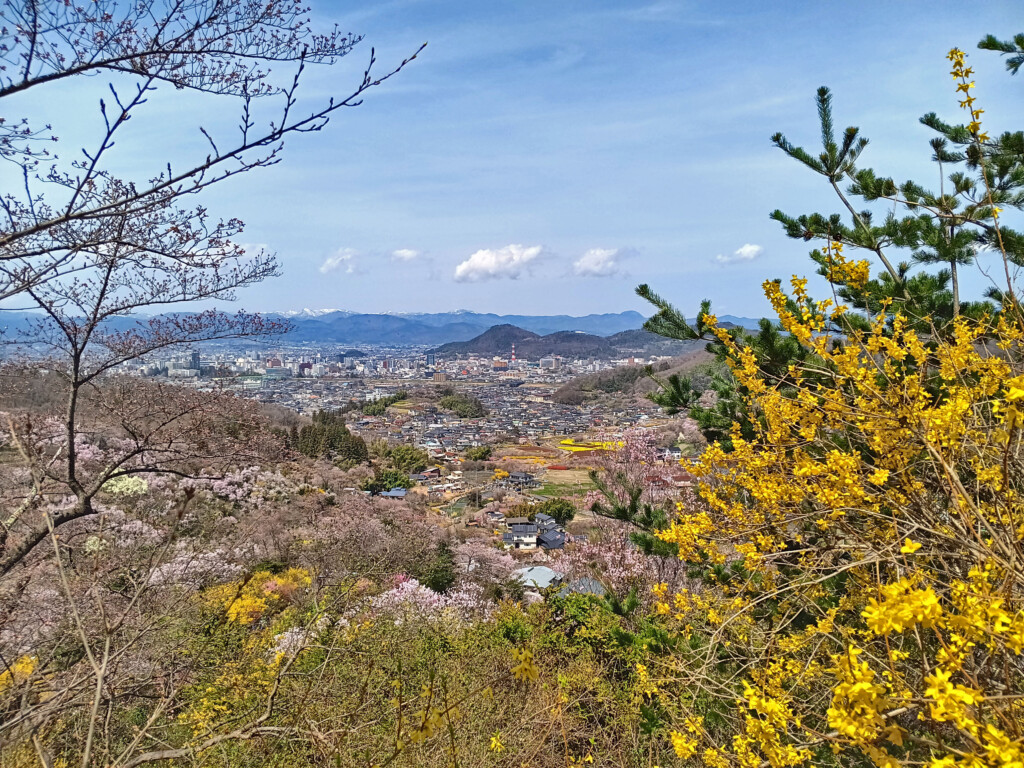


No time like the present to visit Japan with the yen at an all time low. So long as the Fed holds the interest rate steady Japan is a bargain.